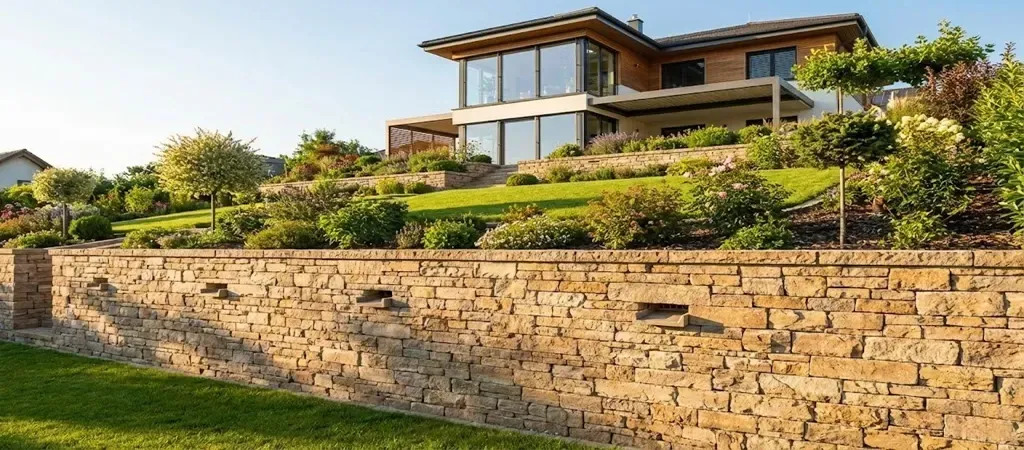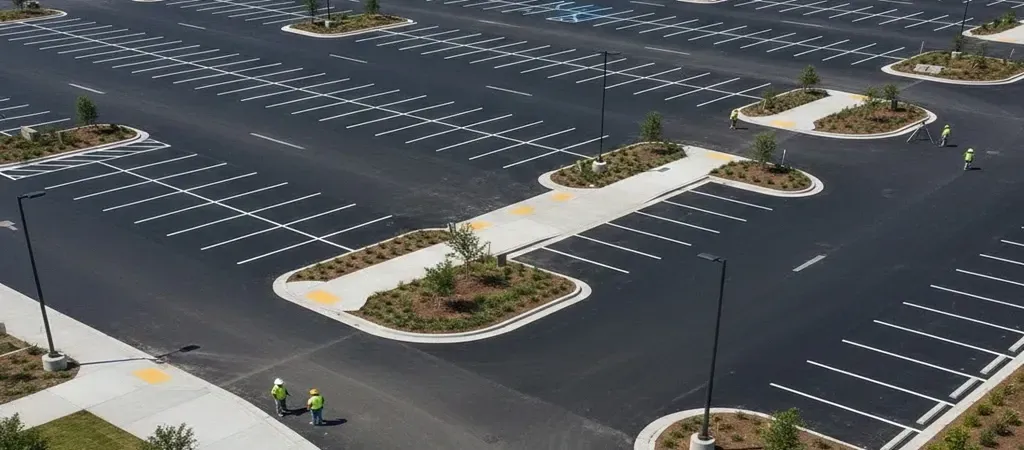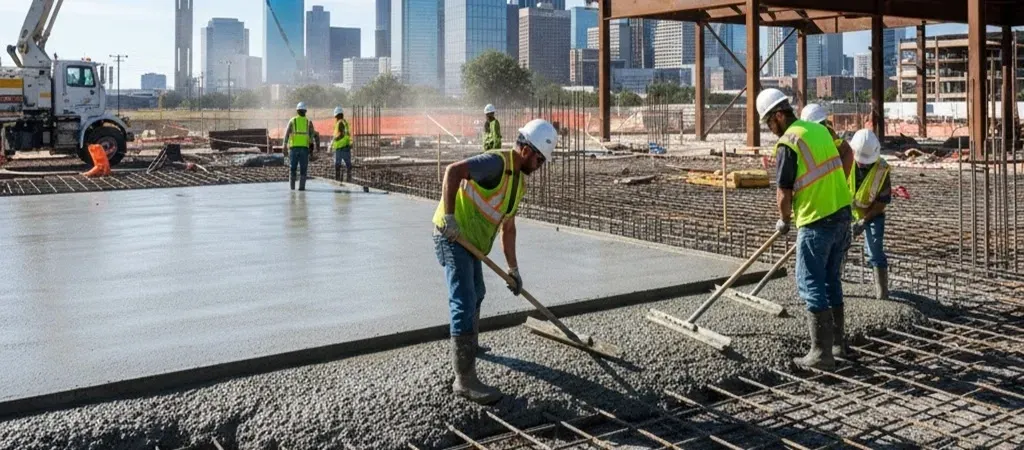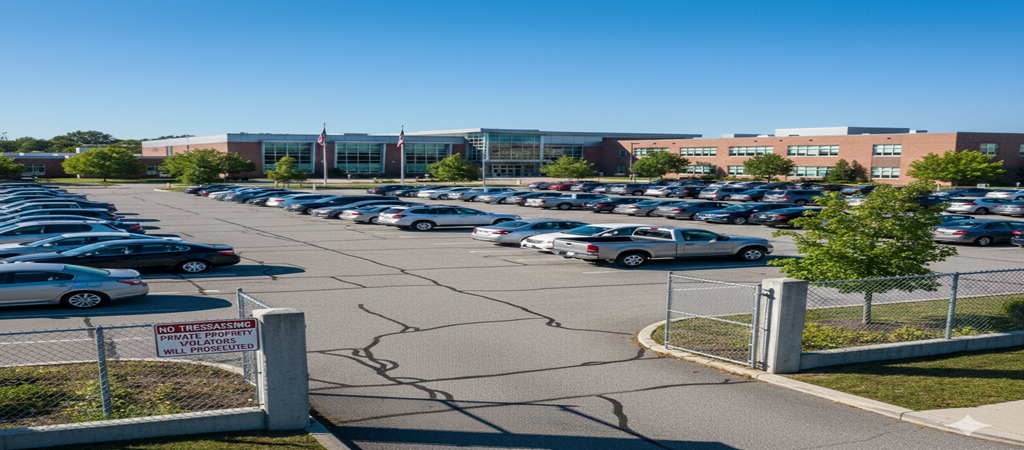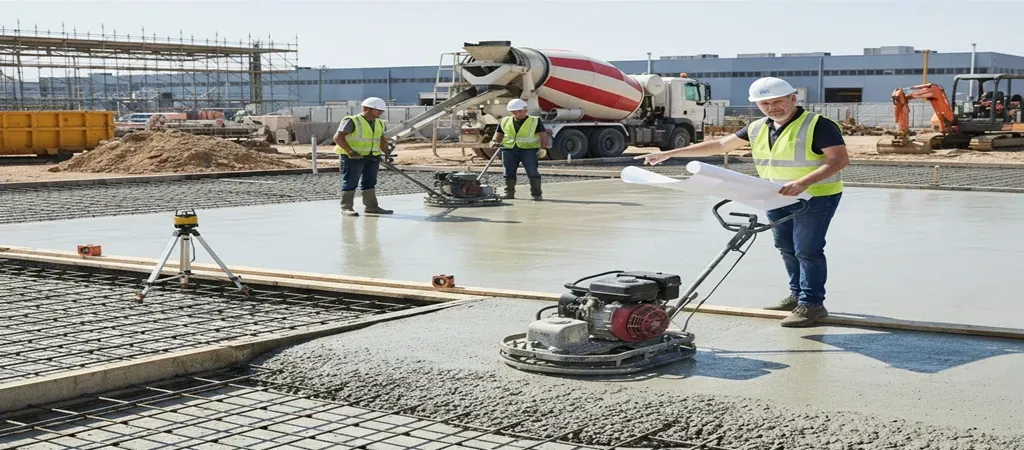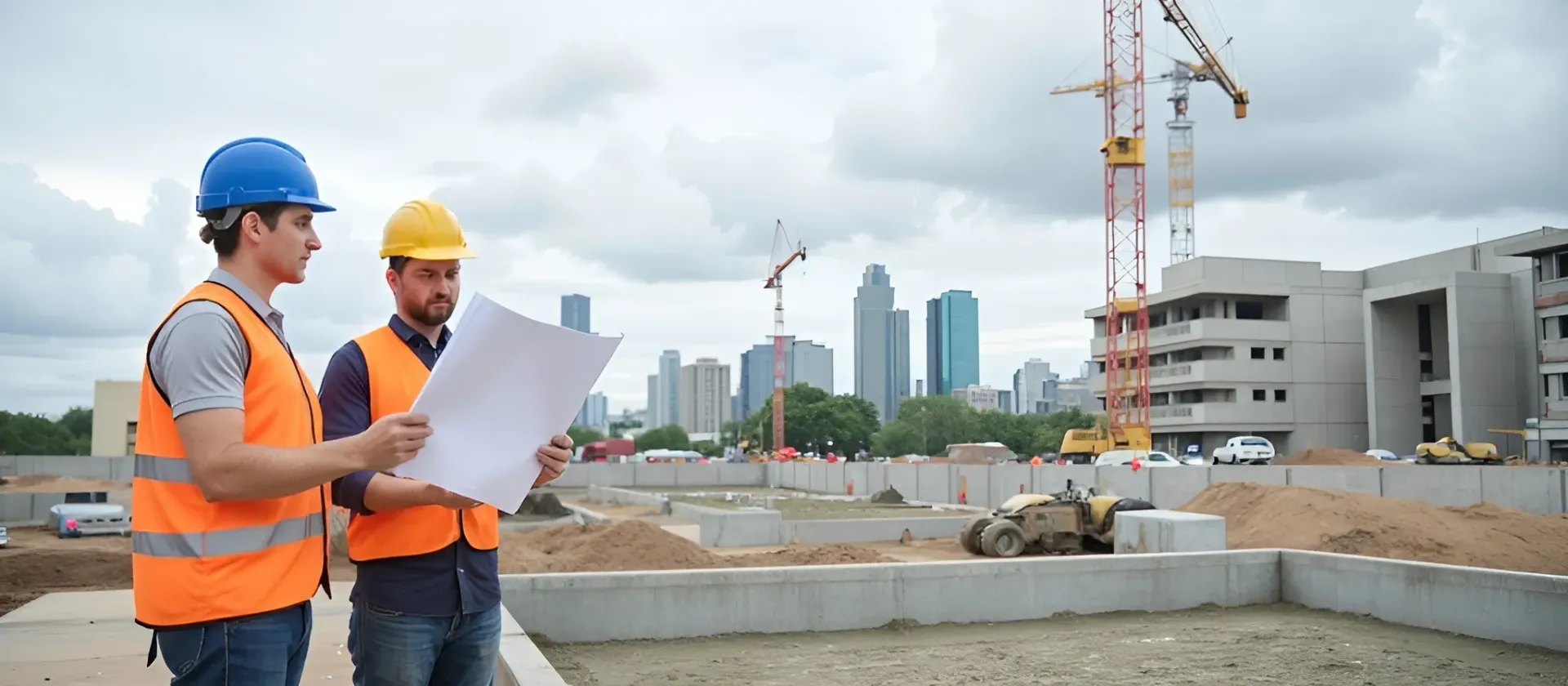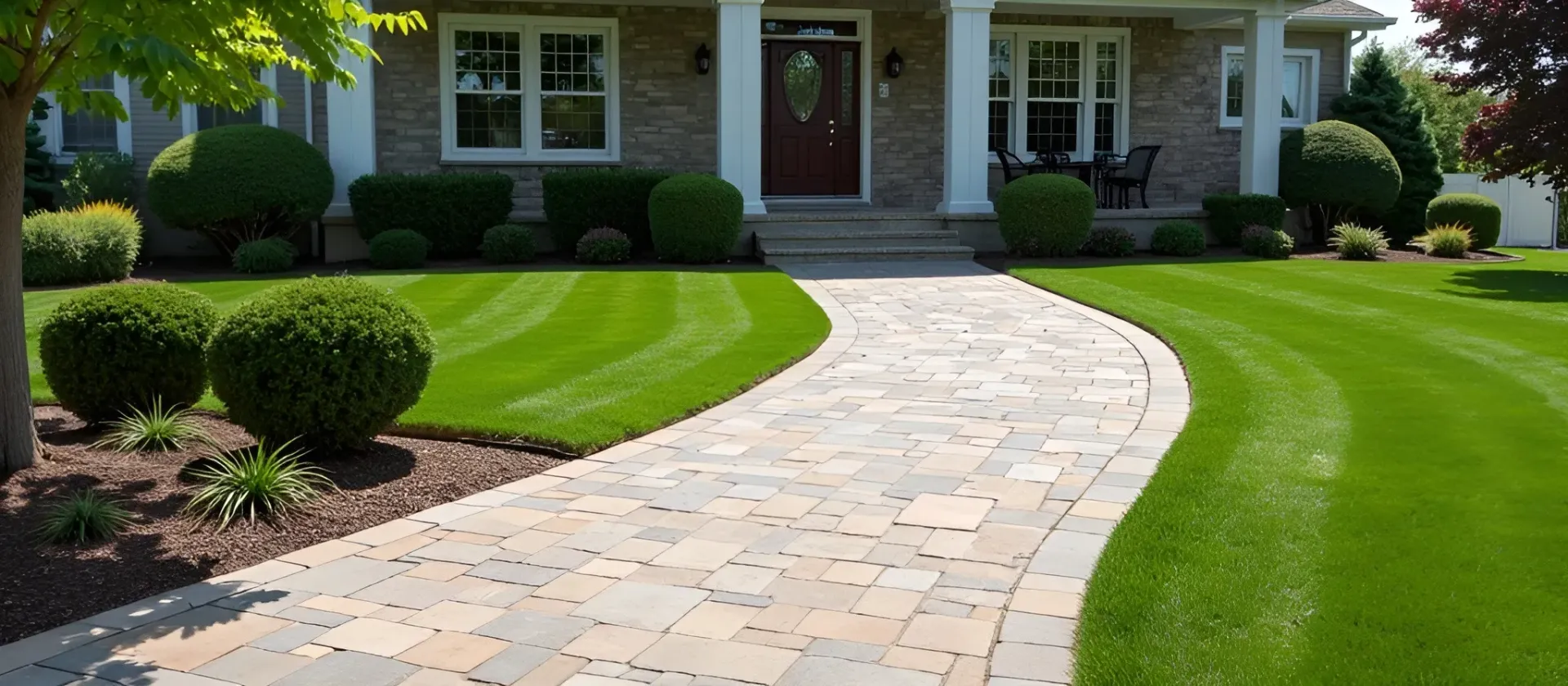Stamped Concrete vs. Stained Concrete
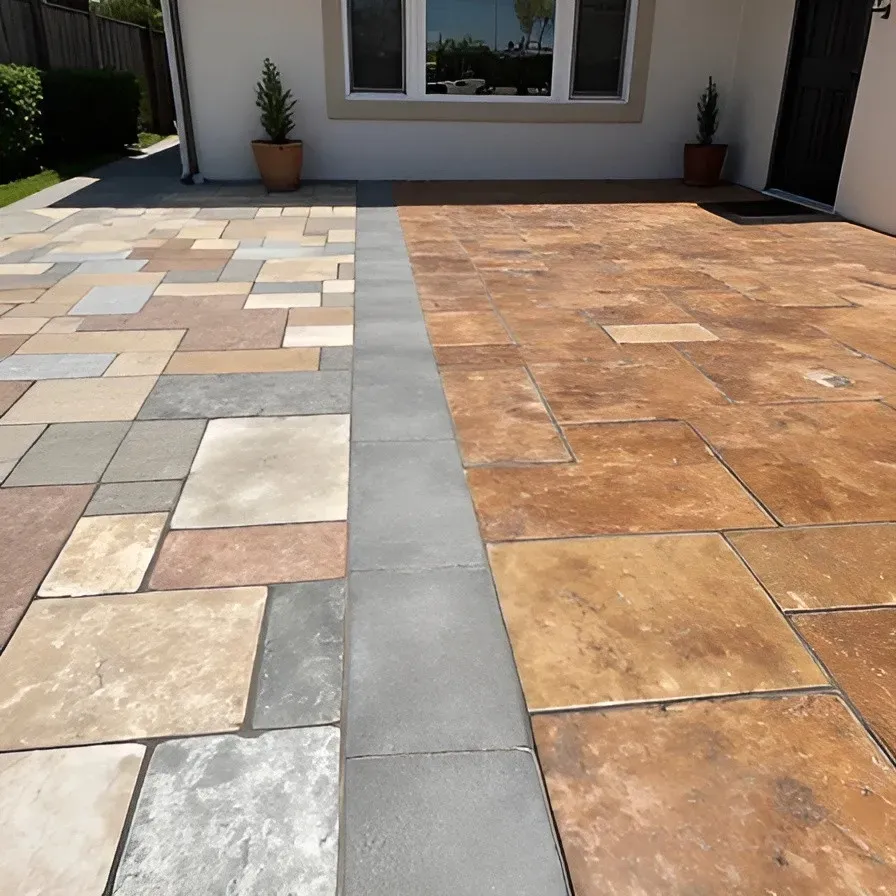
This primary building material has come a long way since its inception of grey garage flooring and bare sidewalks. Staining and stamping are also evidence. More than just a long-lasting building material, concrete now serves various functions. Additionally, you can use it to create a patio, pathway, or even a pool surround for any outdoor living space.
You can do concrete staining and concrete stamping in Dallas separately or in tandem. As a result of the long lifespan and low maintenance requirements, they are ideal for outdoor applications. See if stained or stamped concrete is a good fit for you!
Stamped Concrete
Stamping concrete leaves an imprint on the concrete's surface that you can use to create patterns or alter the texture. Because new outdoor construction projects typically involve stamping, it's a common practice. If you want to stamp an existing slab, you'll need to pour a new layer of concrete on top of the old one.
Afterward, the built floor's perimeter and the steel rebar were placed out in a grid. Wet concrete is poured and smoothed. Your outdoor living space will have a unique flair when employees use rubber stamps to imprint the desired pattern into the concrete after it has cured.
A common way to color stamped concrete is using an intrinsic color that is put into the mix before it is poured. However, there are other options as well. It is a good option because chips and flaking won't compromise the color consistency.
Release colors are powders sprinkled over the cement just before stamping, and colored hardeners are added to the concrete's surface while still damp.
Stained Concrete
Changing the color of pre-existing concrete slabs in outdoor spaces is a common application for staining. Staining may be a viable solution for those who don't want to change their patio's materials. However, staining doesn't alter any of the floor's physical properties, such as its color. Chipping, flaking, and wear are not an issue because the stain is permanently a part of the concrete.
It is incorporated into the concrete using colorants that are absorbed into the pores and grains of the material itself. A popular sort of acid stain uses phosphoric acid or hydrochloric acid diluted with a metal salt and a solvent.
Concrete stains that are water-based or acrylic do not include acid. Fluid seeps into concrete pores in a thin, milky consistency. The fluid alone contains all of the dye. Since water-based and acrylic staining produces more predictable and uniform hues than acid stains, there are many shades to select from in these stains.
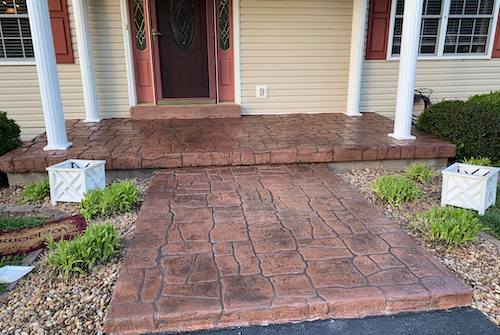
Stamped Concrete vs. Stained Concrete
The cost will be the deciding factor between elegant stamped concrete and trendy stained patterns. These clever and creative techniques cost between $10 and $30 on average. The cheapest option is to use stained concrete. Pure pigments, on the other hand, create long-term concrete deterioration.
If you're on a budget, stained concrete is a better option. However, stained concrete only lasts a year before it needs to be reapplied to keep the surface looking new. The two novel flooring methods, on the other hand, deserve more attention. They're also well worth the money.
Design
The least expensive model will have the most basic features. Basic designs for stamps and stains are available for as little as $10. The most economical and cost-effective option is staining concrete with a water-based stain in a single hue.
With acid-washing, it creates a mottled surface. If you use high-quality, long-lasting stained concretes; you can expect to pay no more than $6 per square foot for the stained concrete work.
Since there are no sophisticated patterns or techniques to add, installing basic stamped designs is easier because they use a single base color—a simple concrete stamping design costs between $10 and $15 per square foot.
Staining is a more cost-effective option for do-it-yourself interior design. Staining is a simple process that may be done at home. You'll want to hire an expert when it comes to stamping. Creating your rubber stamps will be a significant difficulty if you choose to stamp yourself.
You'll need a lot of time and effort if you try to make your stamp patterns and stencils.
Issue of Labor
You've heard about and checked out several online DIY stained concrete floor tutorials. It's a lot of fun, and it challenges you to use your imagination. Factor staining is quicker than stamping in terms of labor. Staining requires far less material than stamping, which holds for stained concretes. On the other hand, stainless concrete has the drawback of needing excessive time to cure and dry thoroughly.
What's excellent about stamping? You can practice placement independently once you've obtained a rubber stencil or stamp material. That is where the majority of clients go wrong. The majority of people believe that stamping is an easy task.
Placement of the patterns while placing them needs attention. The stamped overlay designs are precisely laid up by a competent concrete specialist. The price of haste is high. It's the first rule of thumb.
Stamped concrete installers agreed with this sentiment. Hurriedly stamping wet cement will result in uneven surfaces.
Condition of Concrete
To narrow down the best options, inspect the concrete. Cracks in the concrete of the building's exterior are not uncommon. Attempts can be made to look like part of the pattern by staining. For stains, creases are designed precisely for that purpose. Staining is not a problem if the minor damage and the slabs do not fall apart.
Staining the patio surfaces will only cost you about $6 per square foot when it comes time to refinish them. Staining will cost you less than $100 if you're doing a smaller area.
Stamped concrete is also a good option. You won't have to pull out three-digit digits in a smaller space from your pockets. Only when you see seriously damaged surfaces should you take action. When all else fails, there's always a concrete overlay.
Consider the slab's condition before deciding on a price. The considerable fissures in the floorboards may have been there for a long time. There is no more time left to put aside for repairs and upkeep.
